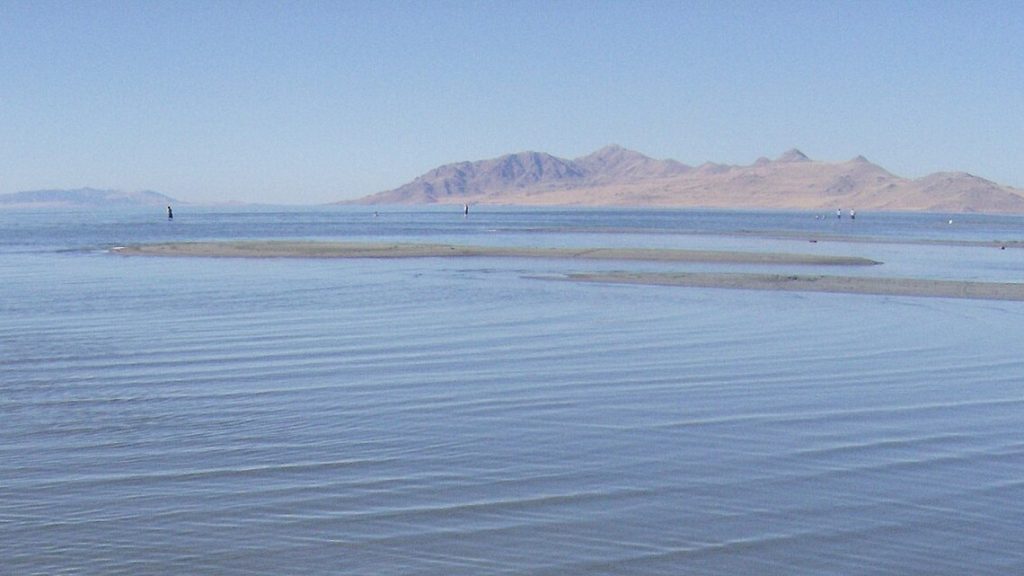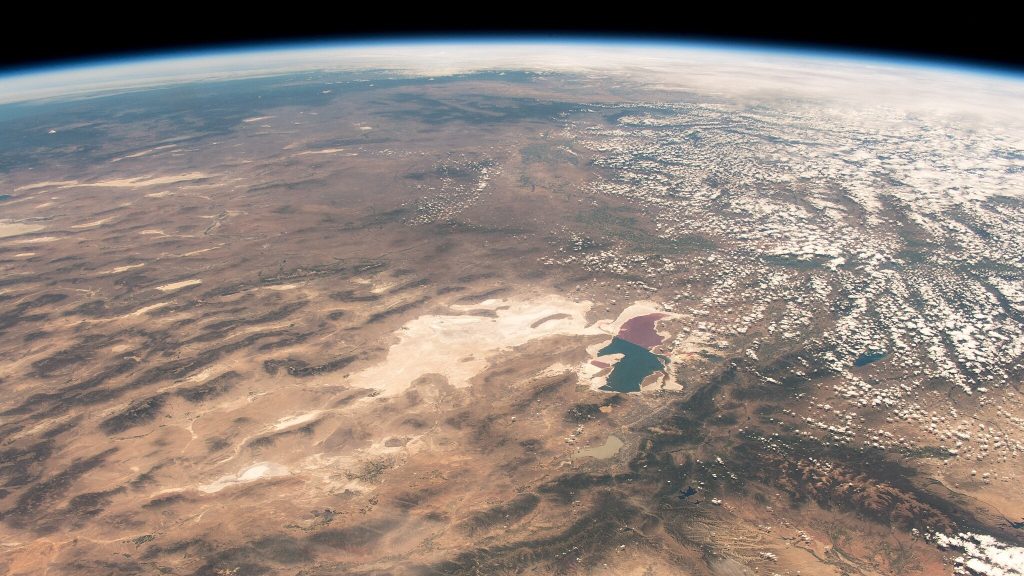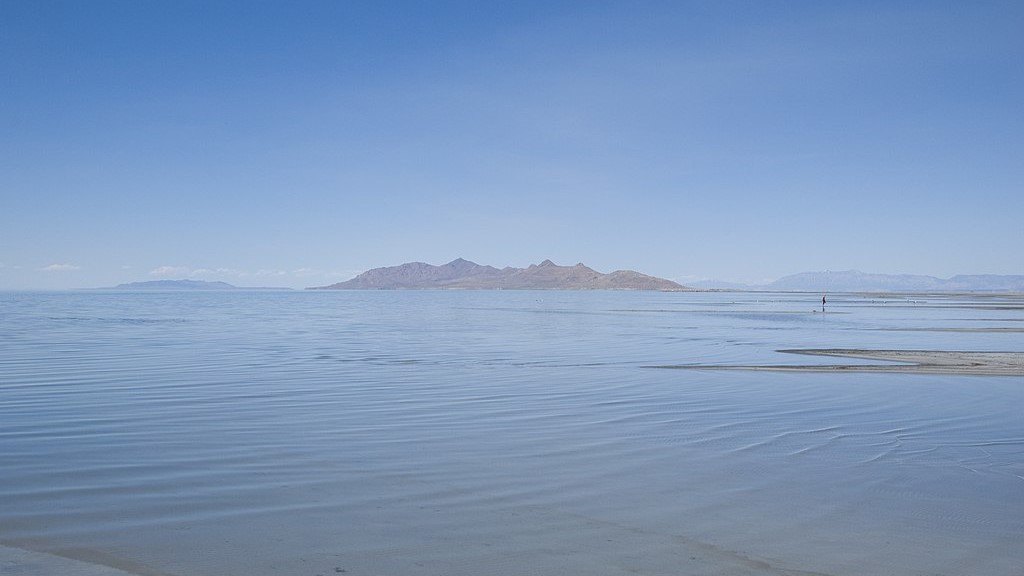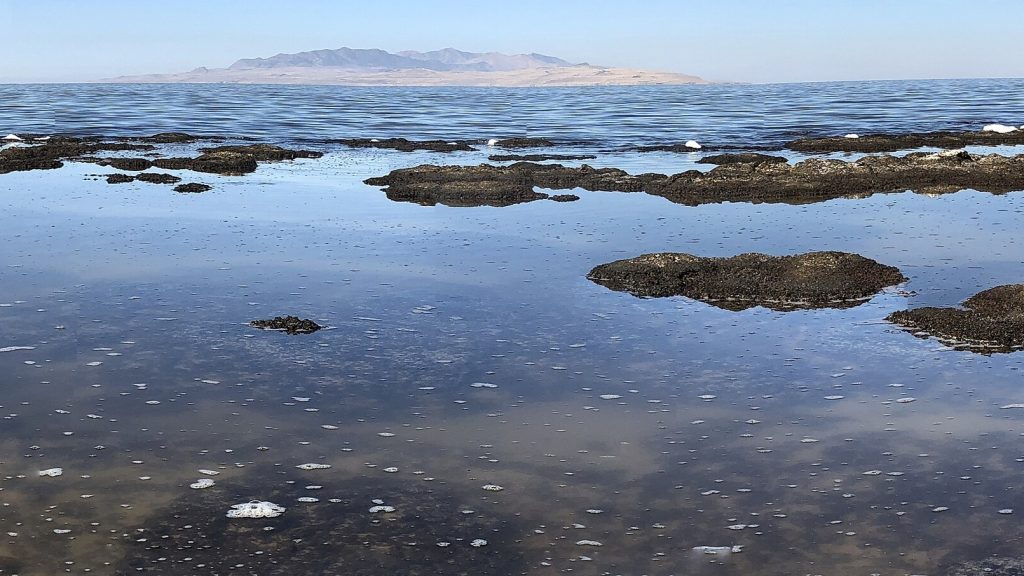The sudden appearance of reed-covered islands on a shrinking salt lake baffled scientists.
Others are reading now
The sudden appearance of reed-covered islands on a shrinking salt lake has baffled scientists — until now.
Strange Islands Raise New Questions

In the heart of Utah, something strange has been happening.
As the water level in the Great Salt Lake—one of the world’s largest saltwater bodies—continues to shrink, tiny islands have started to surface.
Covered in reeds and clustered near the southeastern shore, these mysterious formations have baffled scientists for years.
Now, after months of investigation and cutting-edge aerial surveys, researchers believe they’ve uncovered the secret.
Also read
The Islands That Shouldn’t Exist

The Great Salt Lake has been steadily receding for decades.
By 2022, it had dropped to its lowest level on record.
Around that time, clusters of small reed-covered islands began to appear in the shallow waters.
A Freshwater Mystery

Their sudden presence puzzled scientists—not just because of their unusual formation, but because they appeared to be fueled by something unexpected: freshwater.
Preliminary studies revealed that the center of each island was damp with relatively fresh water, which became saltier the farther it moved toward the lake.
Also read
That made no sense in a lake defined by its salinity. Where was the freshwater coming from?
A Breakthrough From the Air

In early 2025, researchers from the University of Utah teamed up with the Canadian firm Expert Geophysics to find answers.
Using aircraft equipped with electromagnetic sensors, the team scanned deep below the lakebed, looking for anomalies in the underground composition.
What they found stunned them.
A Complex Underground System

“We didn’t expect that,” said Bill Johnson, professor of geology and geophysics at the University of Utah, in a press release. “We figured that freshwater would enter the system at the outer edges, further away from the lake.”
Also read
Instead, the sensors revealed an enormous and complex groundwater system beneath the lake—one that stretches approximately two miles deep and spans a wide area.
Researchers believe this subterranean reservoir is under pressure, forcing freshwater upward through the lakebed, particularly in the southeastern area where the islands have emerged.
A Freshwater Source, Long Underestimated

Before this study, scientists estimated that only around 3 percent of the Great Salt Lake’s water came from groundwater.
Thanks to the new findings, that figure is now believed to be as high as 12 percent, four times greater than previously thought.
The team is now working to better understand where exactly this freshwater is coming from and how it flows into the lake.
Also read
Rethinking the Lake’s Water Sources

“We hope to map the boundary between freshwater and saltwater to find the place where freshwater sources lead groundwater into the lake,” said Professor Kip Solomon, who also contributed to the research.
He recently presented the findings at the Goldschmidt Conference in Prague, one of the world’s leading gatherings for geochemistry and earth sciences.


